Remote islands offer the best holiday experience to those looking for an off-the-beaten-path experience mixed with thrills and excitement. While these islands are often characterized by striking natural beauty, they are also known for potential threats that make them inherently dangerous.
Let’s explore 12 dangerous islands and see how many are on your travel wish list.
Ilha da Queimada Grande
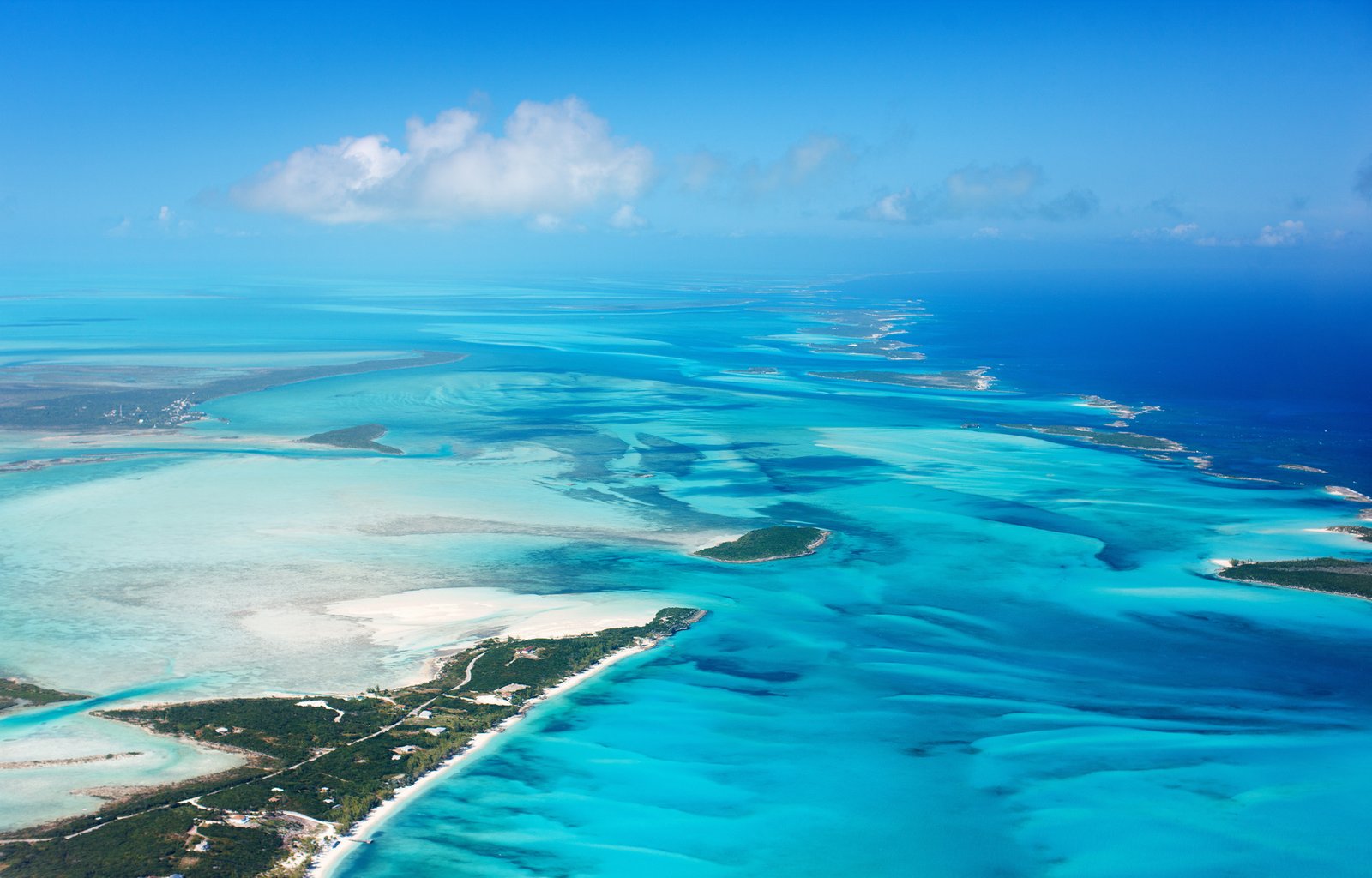
It is a small island off the coast of Southern Brazil famous for its high densities of venomous snakes. Despite covering 43 hectares of land, it houses 2000 to 4000 venomous snakes, especially the golden lancehead vipers. These are extremely dangerous snakes known for their deadly, fast-acting venom. The Brazilian government has prohibited access to this island because of these snakes, and it’s only accessible to a few for authorized scientific expeditions.
North Sentinel Island
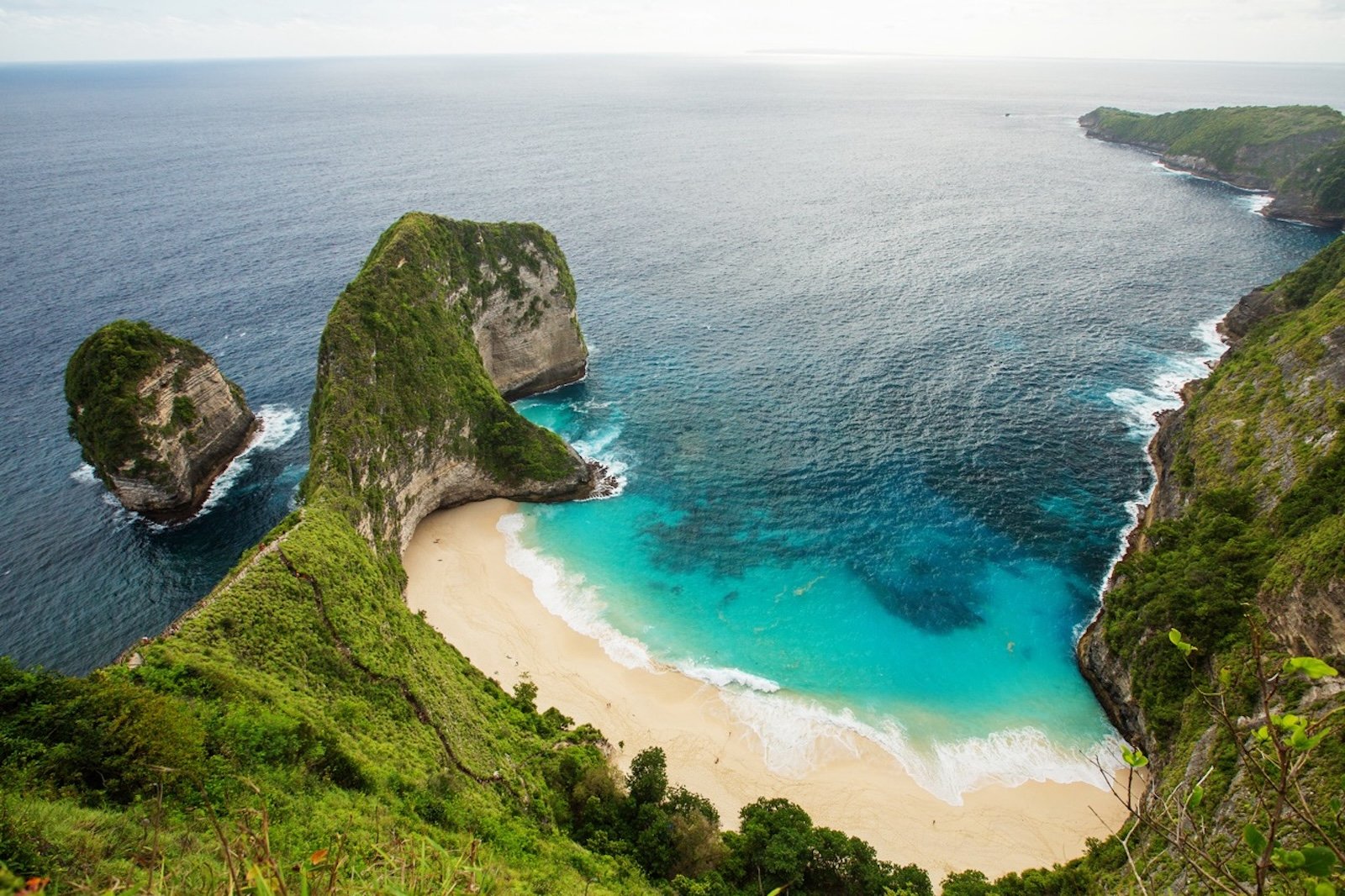
This famous remote island in the Indian Ocean is named the most dangerous and hardest to visit. It is home to an indigenous tribe called the ‘Sentinelese’ that has maintained complete isolation from the outside world for centuries. Anyone trying to enter this island gets fiercely attacked by the tribe. The Indian government has banned access to this island for people’s safety.
Whakaari (White Island)
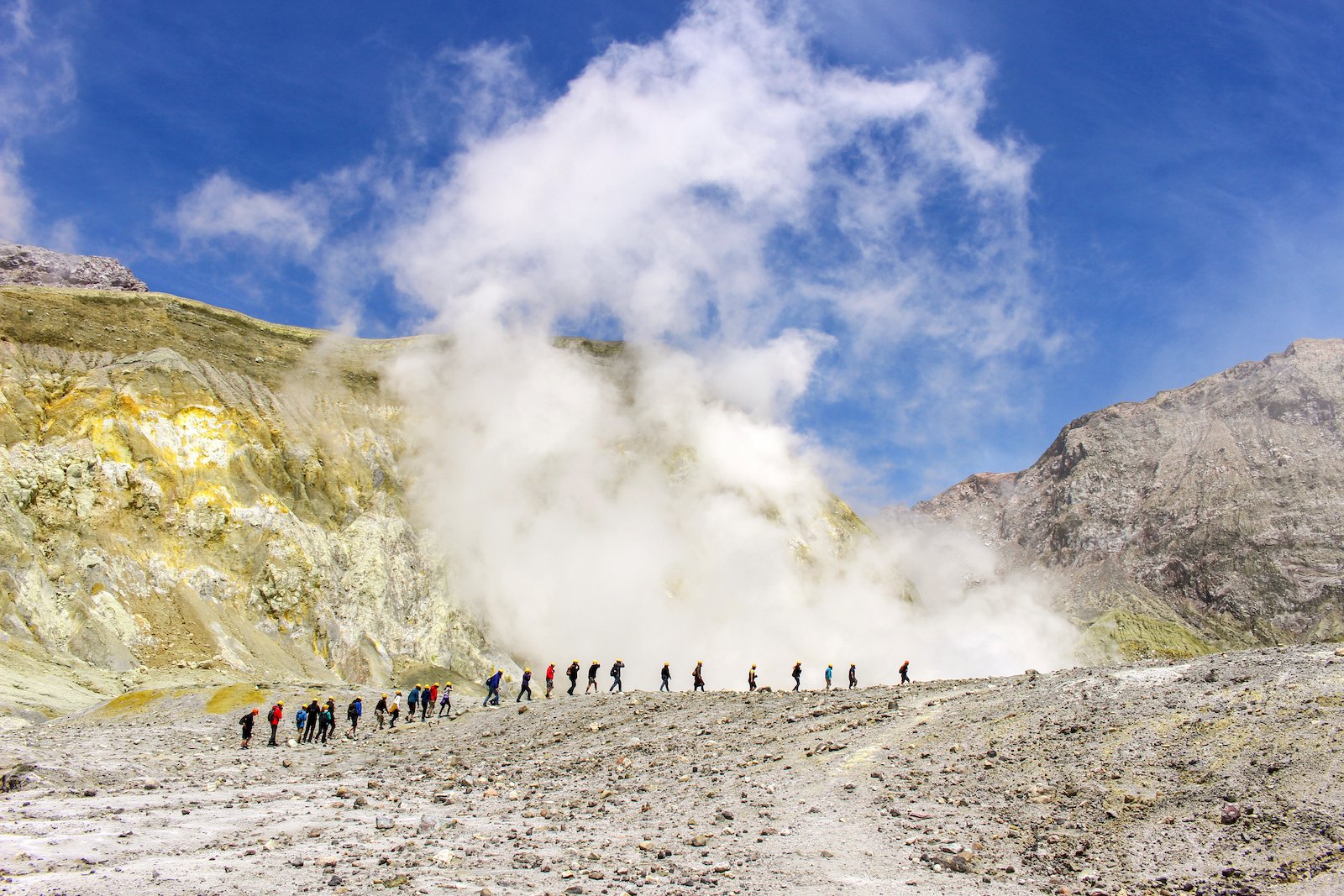
It is a famous island located off the North Island coast of New Zealand. This destination enchants tourists because of its unique volcanic landscape. While the island is unarguably beautiful and shows the rawness of natural beauty, it is equally dangerous for people. Whakaari has a long history of deadly volcanic eruptions where a slew of toxic gas, mud, steam, and ash erupts and covers the entire island. In 2019, a group of tourists visiting the White Island were severely harmed during a volcanic eruption, with several died on the spot.
Cocos Island

Cocos Island, located in the Eastern Tropical Pacific, is loved by tourists for its rich marine life. Its biodiversity attracted tourists worldwide, prompting the Costa Rican government to declare it a national park. While this island features mesmerizing natural beauty, it is also dangerous because of its rugged terrain, dense vegetation, and shark-rich waters. People can only visit this park with a park ranger as a guide, and diving without a certified diver is strictly prohibited for safety reasons.
Kerguelen Islands
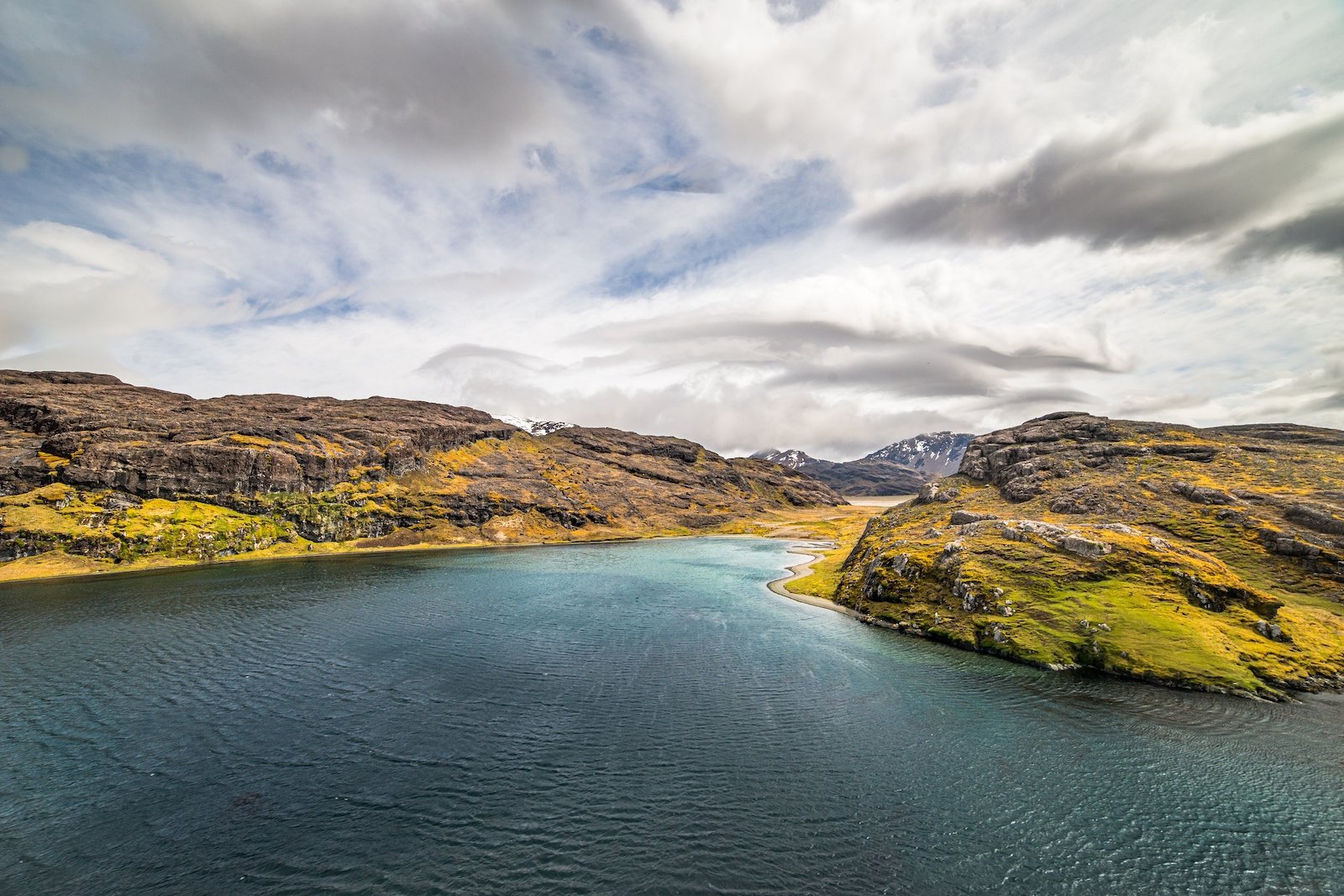
Also known as the Desolation Islands, it is a group of islands considered among the most isolated places on Earth. While this island is ideal for supporting scientific research activities, its extreme weather makes sustaining life in this location challenging. Hence, people are discouraged from even considering visiting this island. The extreme weather conditions in this region make it home to unique flora and fauna, which may prompt some adventurous people to consider visiting this island.
Papua New Guinea’s

Often abbreviated as PNG, Papua New Guinea is a beautiful country occupying the eastern half of the island of New Guinea. This place attracts tourists because of its rich biodiversity, lush rainforests, gorgeous coral reefs, etc. However, some consider it dangerous because of potential tribal fights. The UK government even released a travel advisory for its citizens visiting PNG. While foreign nationals are usually not harmed, getting caught in tribal fighting experiences can be traumatizing for many.
Bikini Atoll (Marshall Islands)
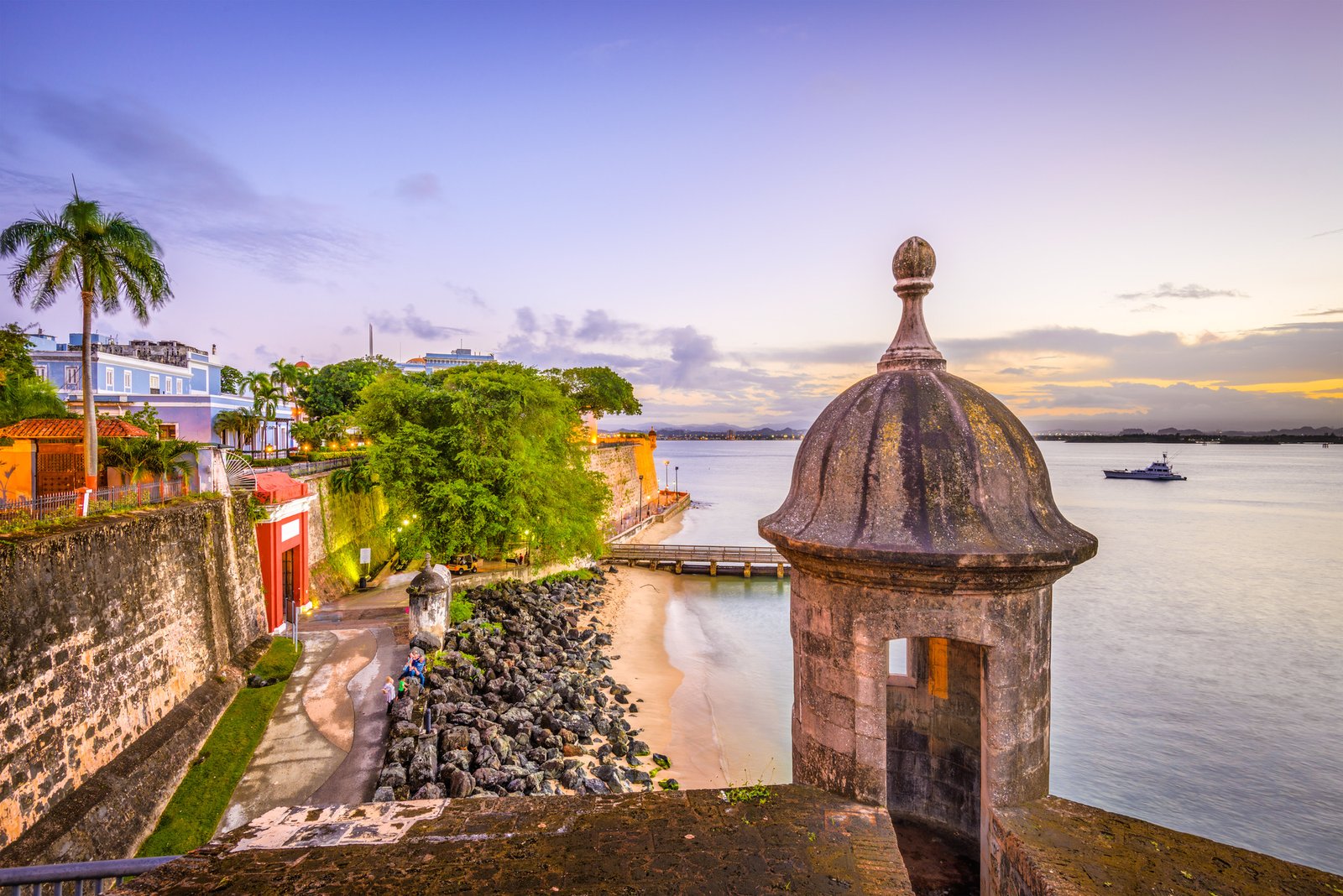
Located in the central Pacific, Bikini Atoll is the perfect excursion spot for history buffs and experienced divers. It was a pristine tropical paradise that was later chosen as a remote island to test the power of nuclear weapons. From 1946 to 1958, approximately 23 atomic weapons were tested on this small island, leaving it largely unfit for wide-scale inhabitation. While the atomic tests ceased several years ago, the island is still perceived as dangerous because of the prevailing contamination levels.
The Azores
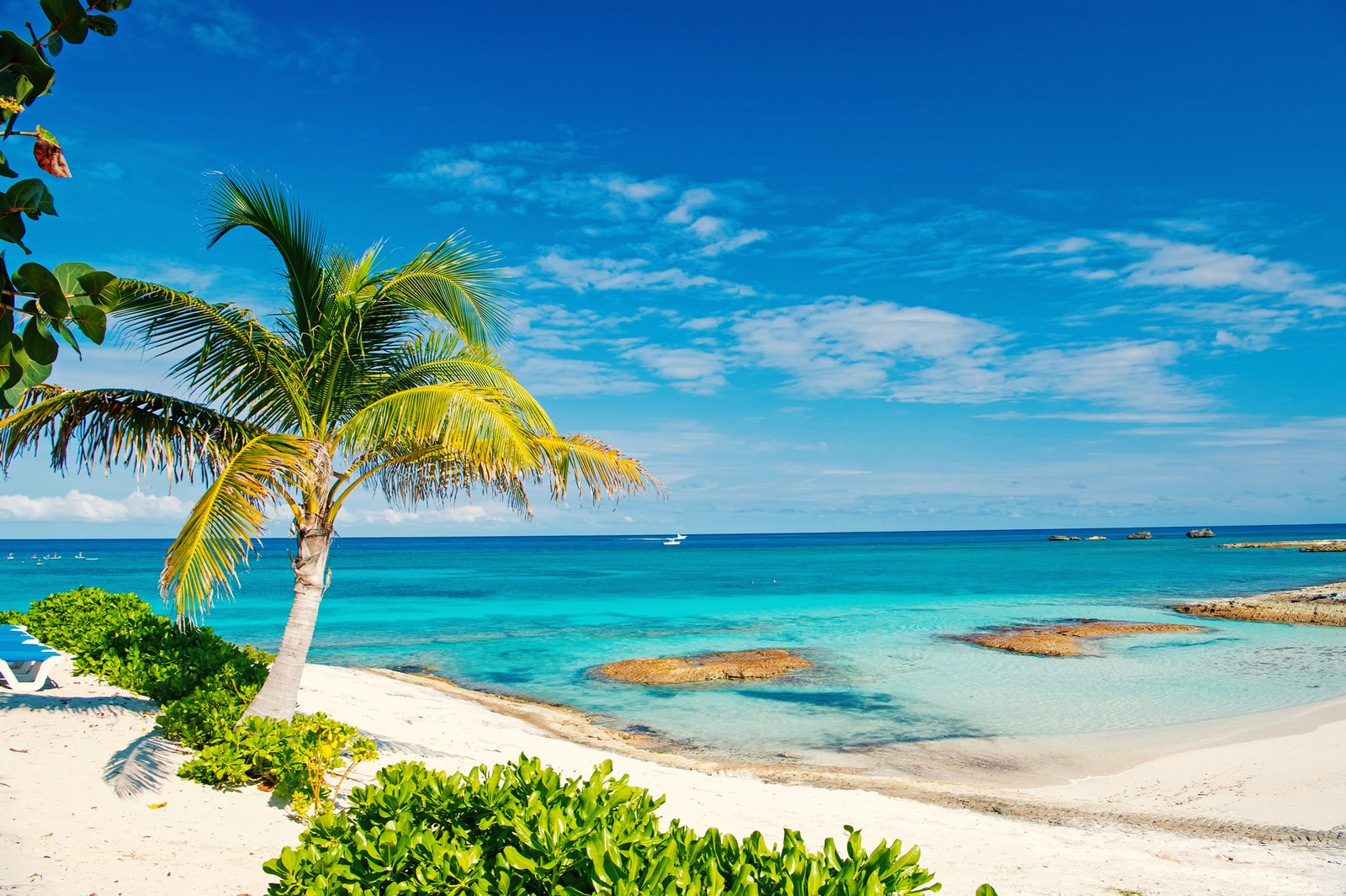
These islands are famous for their mesmerizing natural beauty, such as pristine beaches, verdant landscapes, cascading waterfalls, etc. Despite its gorgeous scenic views, it is considered dangerous because of its potential geological hazards. Tourists may exercise caution while visiting this island because of its history of earthquakes, coastal erosions, landslides, and occasional severe storms that can disrupt their entire holiday experience.
Solomon Islands
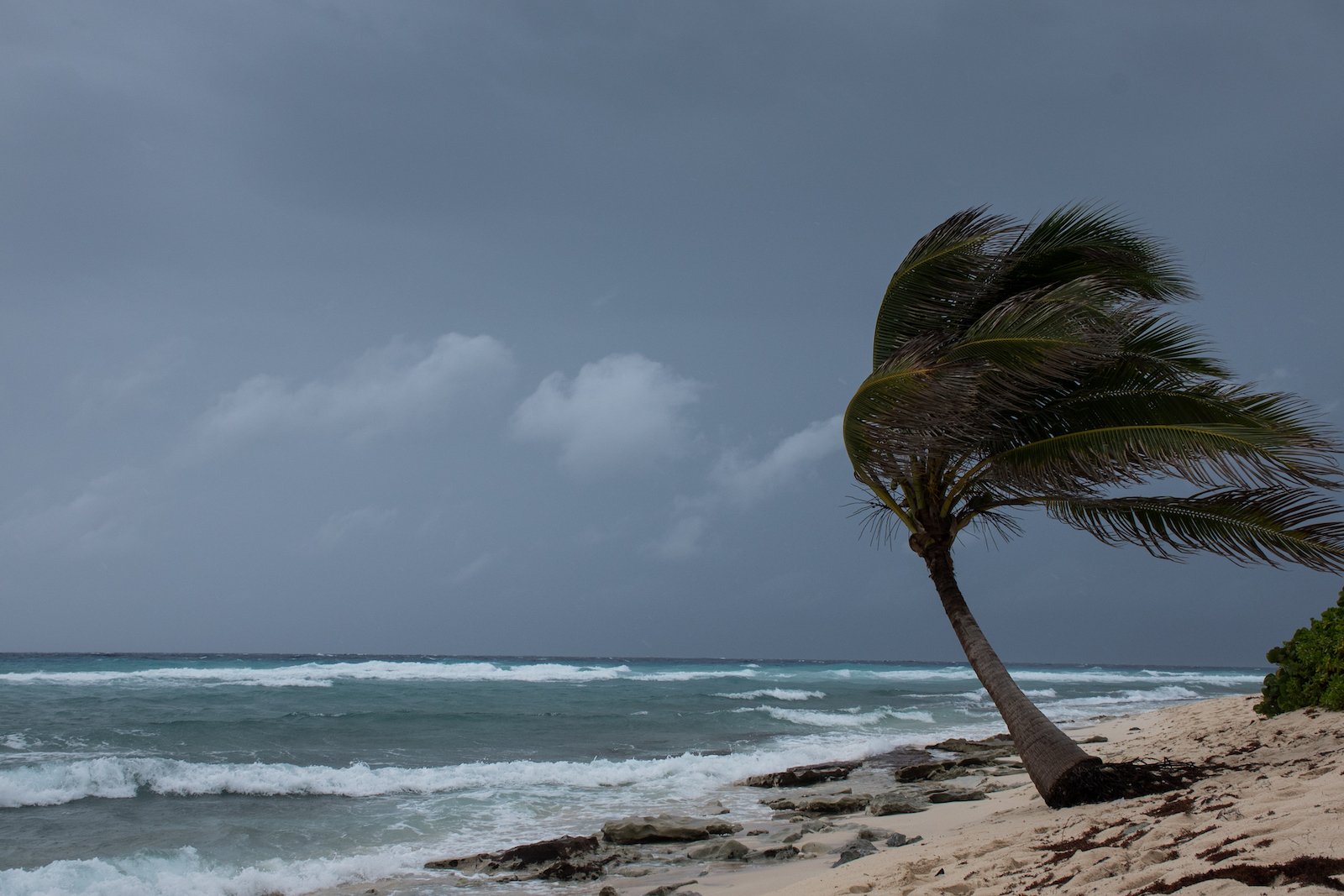
It is one of the most famous islands in the South Pacific. Tourists often flock to the Solomon Islands because of their pristine coral reefs, diverse cultures, rich marine life, etc. While these islands are blessed with a rich biodiversity, they fall in the ‘Pacific Ring of Fire’ zone, which is prone to earthquakes and tremors. Tropical cyclones and flooding are also rampant, making them potentially dangerous for tourists.
The Kuril Islands
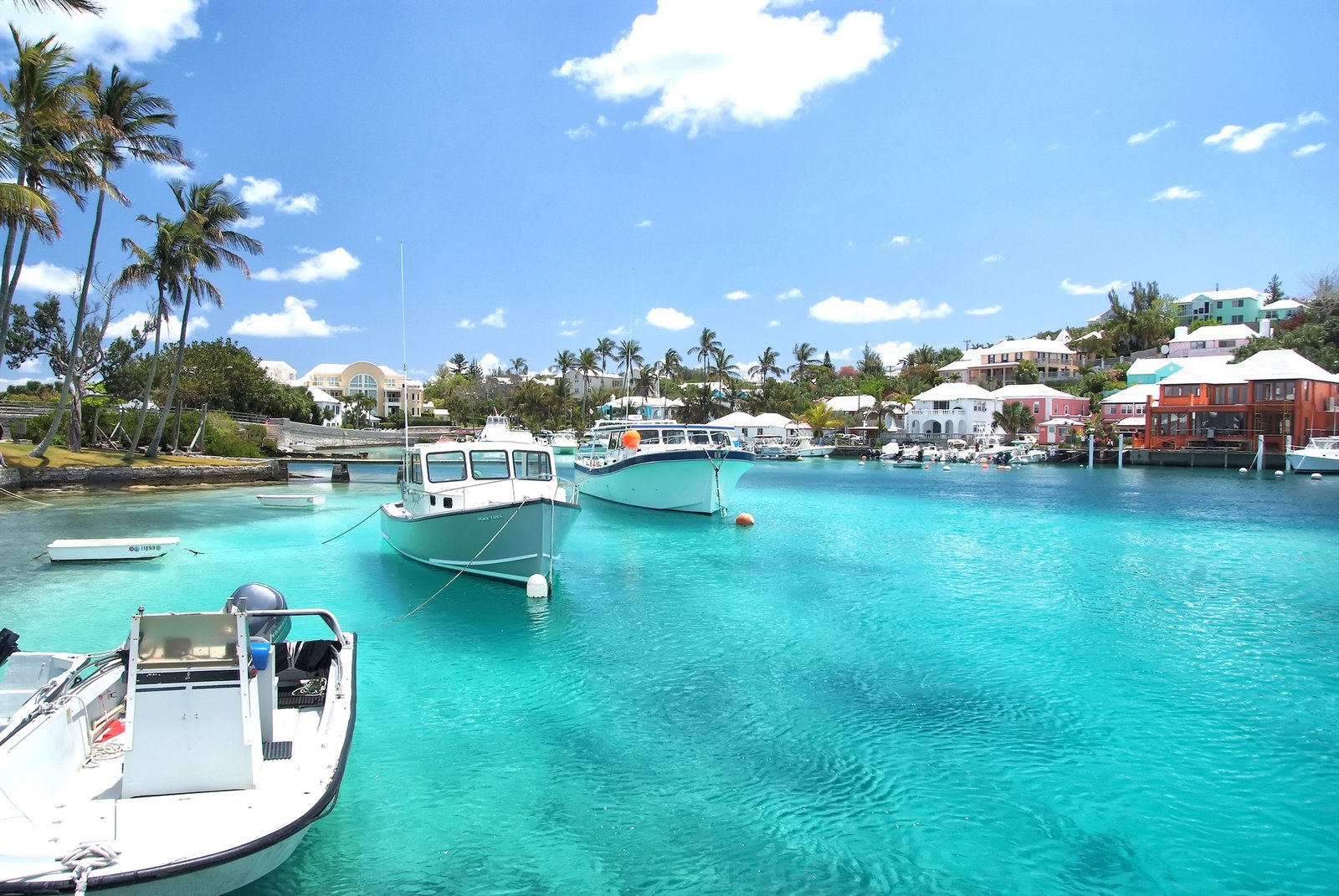
While the Kuril Islands are involved in a territorial dispute between Russia and Japan, it isn’t stopping tourists from visiting this serene tropical destination. The main highlight of this island is its unspoiled natural beauty. Its abundant wildlife, thermal hot springs, tranquil beaches, etc., are typical tourist attractions. While gorgeous, these islands are considered dangerous because of their seismic activities. The region has a chain of active volcanoes that can result in explosive eruptions, the most recent case being reported in 2022.
Devil’s Island

Previously used as a French penal colony from 1852 to 1952, Devil’s Island still carries a dangerous reputation as a legacy of its brutal activities in the past. While tourists visit this island to explore the ruins of the decaying prison, enjoy the tropical landscapes, witness the rich wildlife, etc., it doesn’t entirely free the place from the haunting vibes of tortured prisoners. Moreover, the island is surrounded by shark-infested waters that can soon become a cause of concern for careless tourists.
Galápagos Islands

Located in the Pacific Ocean, this island has drawn immense tourist interest over the last few years because of its unique and diverse wildlife. The Galápagos Islands are blessed with scenic landscapes and also offer enough opportunities for diving, snorkeling, kayaking, etc. Despite its unparalleled natural landscapes, the islands are considered dangerous for their environmental fragility, ocean conditions, and wildlife encounters. It is why tourists are required to always trail with a GNPD-authorized naturalist for their safety.


